Walled up alive: who was subjected to one of the most terrible executions
There were times when people were not strong in medicine, had no idea about the structure of the solar system, and the ability to read was a great rarity. But even then, our ancestors were well versed in how to kill their own kind in the most excruciating ways. Walling up alive is far from the most sophisticated execution, but, without a doubt, the most terrible.
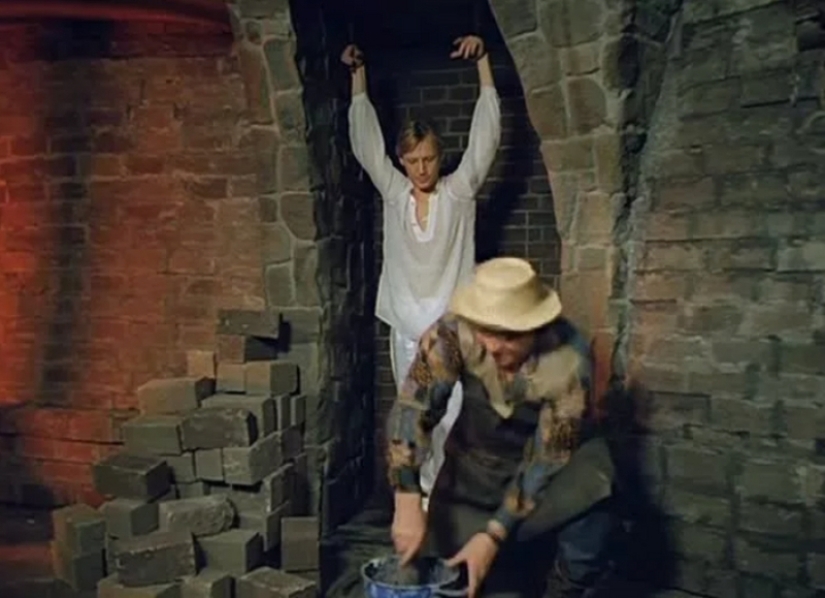
Walling in involves placing a person inside a certain building structure, most often a wall. This execution occurs without the shedding of blood, and this is its horror. The victim dies slowly and painfully, from hunger and dehydration. Their condition is aggravated by the restriction of mobility.

A person placed in a niche in a wall, bricked up, was sometimes left with an opening for air to enter. This way, he was not in danger of dying from suffocation. The unfortunate victim could remain in this position for many days, and if the torturers wanted, then for weeks, if water was supplied to the opening. When the person died, his body was left in the thickness of the wall, with only the opening sealed up.
But what did one have to do to deserve such a terrible end? Execution by walling up had been used for thousands of years and the "indications" were different. It is known that in Ancient Rome, this was how vestal priestesses were punished for breaking their vow of celibacy. In the Middle Ages, Catholic nuns were punished for the same.
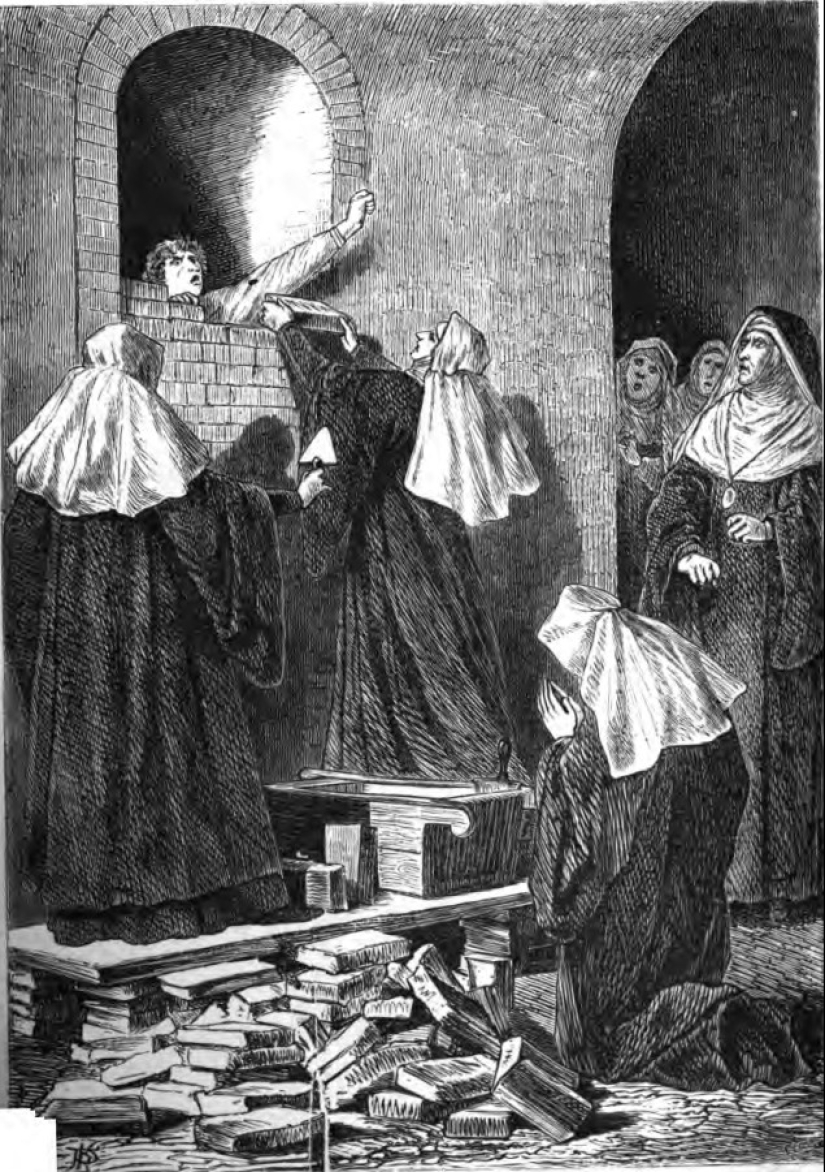
Sometimes they walled up male monks who had fled from the monastery, and occasionally even people of noble birth who had committed some particularly serious offense, such as participating in a plot against the monarch. According to one legend, thousands of warrior deserters from the Qin Dynasty were walled up at the base of the Great Wall of China.
In Rus', this method of execution was also widespread. According to historical sources, Tsar Ivan the Terrible was a big fan of walling people up. This was not a punishment for everyone - oprichniks suspected of treason were executed this way. Later, there were cases when sadistic landowners walled up serfs in walls.
It seems like a medieval punishment and so inhumane that it has no place in the modern world. But the last official execution carried out in this way took place not so long ago. In 1906, this was the way they dealt with the maniac Haj-Mohammed Mestefi in Morocco, who had the lives of 36 women on his account.
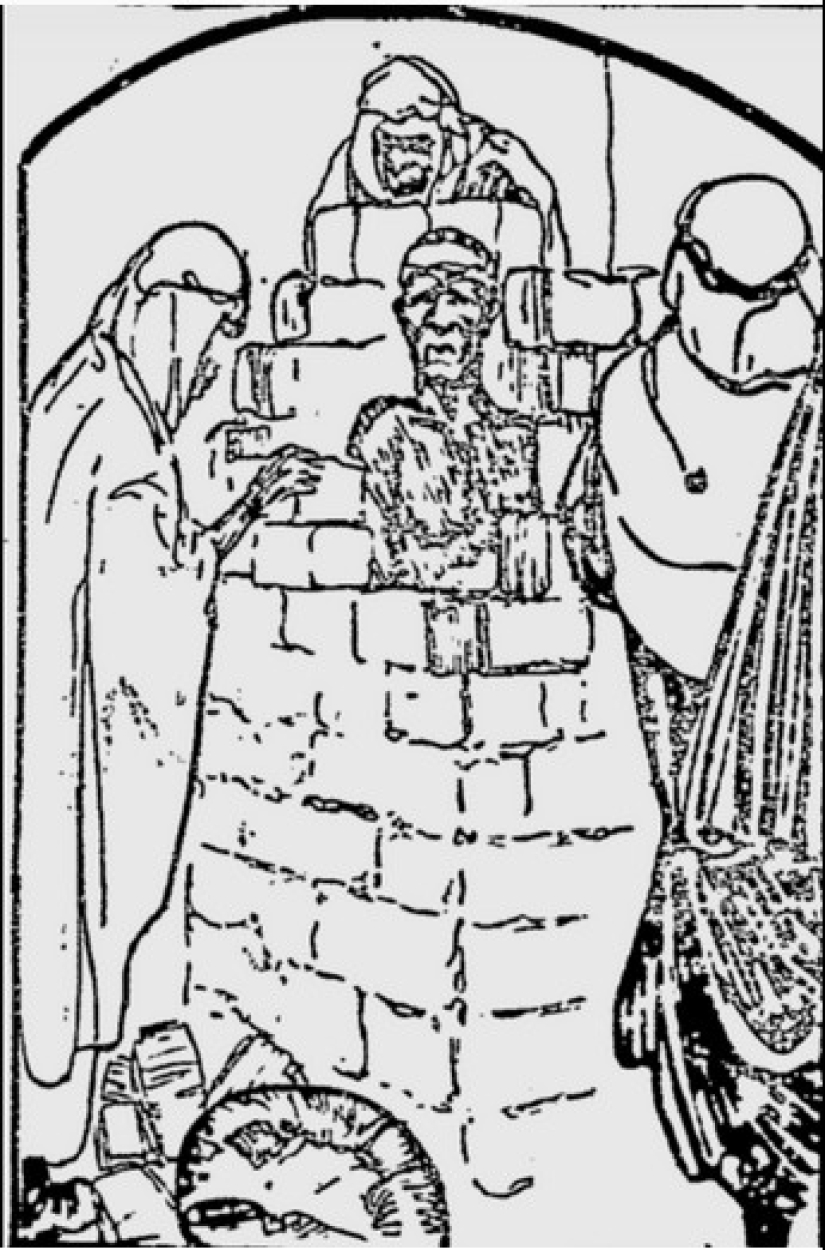
The serial killer was not walled up in a wall, but in a kind of well, which was built around him from brick. An image of the execution made by one of the foreigners has been preserved. It is documented that Mestefi held out inside his crypt for at least three days. That is how long his piercing screams were heard from the hole in the masonry.
It is worth noting that walling up was not always an execution. Often in ancient times and the Middle Ages, young men and women were placed in the walls of fortresses or bridge supports according to custom. It was believed that the building or structure in which a person was walled up would be especially reliable.
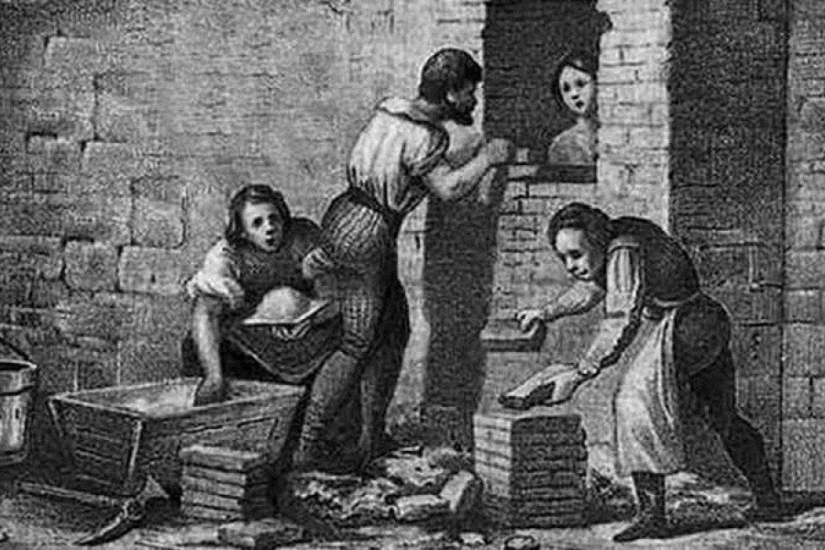
There is a legend that in Italy they could not build a bridge over the Arta River for a long time. It kept collapsing because of the fast current. The problem was solved by walling up the architect's wife in one of the supports. In Georgia, there is such a legend about the Surami Fortress. It says that a young man sacrificed himself and voluntarily agreed to such a death in order to strengthen the citadel.
There is a legend in Belarus about the Golshany Castle, the walls of which were sinking until a man was walled up in them. They decided to choose randomly. The builders were waiting for the first person who would bring them lunch. The wife of one of them was unlucky. They say that the husband committed suicide out of grief, and his body was walled up in the wall next to his wife.
In 1997, one of the walls of the Golshany castle collapsed and inside it, scientists discovered the skeleton of a young woman. It was in a tight niche, the walls of which were scratched with nails. Perhaps this is the case the legend is talking about. Or maybe it is a completely different case - we are unlikely to know about it.
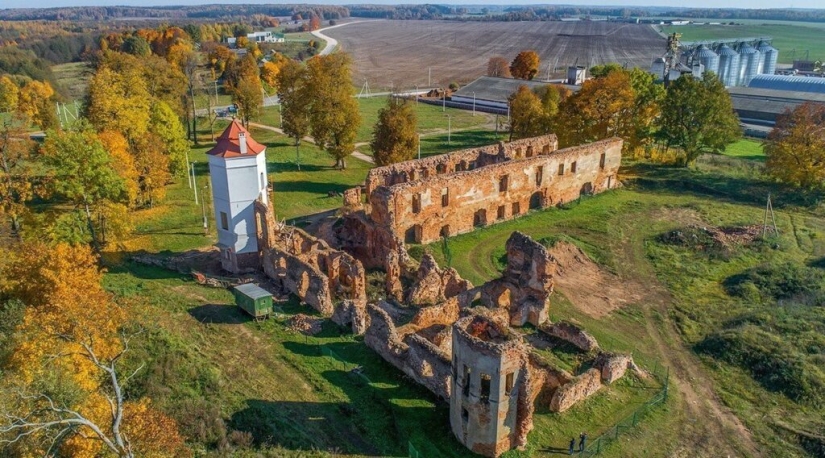
It remains to say that monks were walled up in Orthodox and Catholic monasteries. Usually the doors of their cells were bricked up, leaving an opening for water and food. Some did this voluntarily, to become closer to God, while others were buried alive in their cells by order of the ruler. A person could live for many years in a room completely isolated from the outside world.
Recent articles

In the summer, some of our compatriots prefer to fly away from their hometowns. Even those who are afraid to fly. If you are one of ...

The name “Shaolin” is well-known even among those who have little interest in oriental martial arts. However, we know quite ...

Everything is good in moderation — agree, a wise statement and actually a good rule to live by. Especially with regard to ...